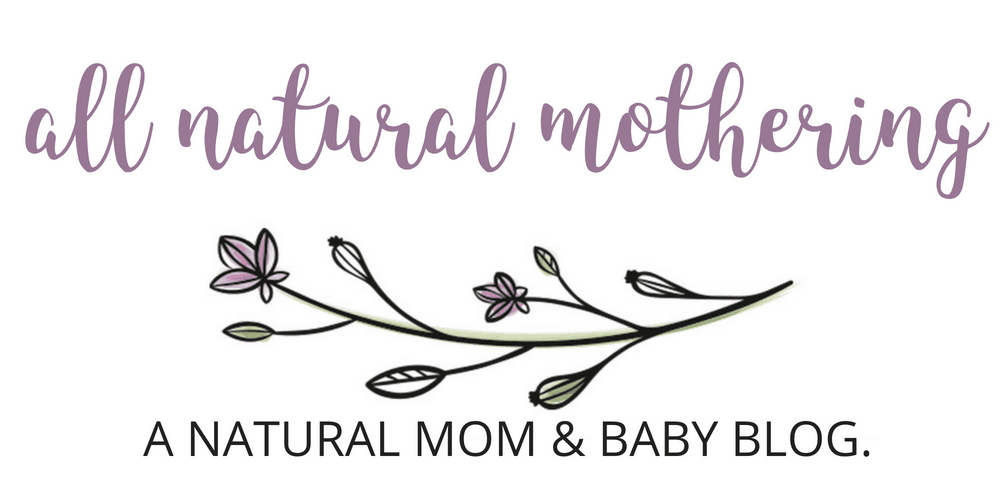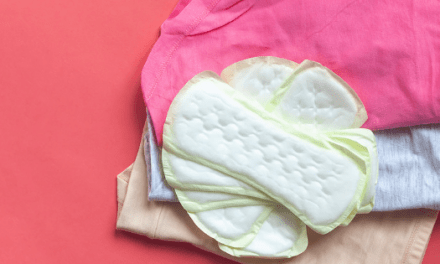A breast pump can be your best friend when you are breastfeeding, and your number one must-have gear when you are planning to pump regularly.
On the other hand, an ill-fitted breast pump can be your worst foe when pumping.
If you are frequently pumping, it is absolutely important to make sure that breast pump fits you correctly and you have the right breast flange size to start with.
An ill-fitting breast pump can cause you a lot of heartaches, quite literally.
If you are experiencing constant nipple pain or having low milk supply issues while pumping, it might be possible that you are using the wrong breast flange size.
Breast Shield and Flange, Are they the Same?
Technically, they are not!
But I have seen people use both the terms interchangeably.
The flange is the tunnel-shaped part that is placed against your breast. Whereas, the breast shield is the entire unit that connects the flange to the bottle or tubing.
In some breast pumps, the flange is attached to the breast shield and cannot be removed. While some breast pumps come with a detachable flange.
Depending on the model of your pump, you might need to buy different flange that fits your breasts or the whole breast shield.
3 Reasons to Choose the Right Flange Size:
1. To Avoid Nipple Pain :
Pumping with a small breast shield can mean that there is a lot of friction between your nipples and the sides of the pump flange.
Constant rubbing can make for a harrowing pumping experience. It can cause sore nipples and even result in bleeding.
2. To Avoid Clogged ducts :
A key point to take note while you are pumping to maintain supply is to make sure that your empty your breasts. An empty breast signals the body to make more milk.
Without a good fitting flange, there is not enough suction to encourage let downs and drain your breasts. If milk is not being removed from your breasts, you might end up with clogged ducts.
3. Low Milk Supply :
When pumping becomes a painful experience, it can affect your milk supply. Without a right fitting breast pump, you are setting yourself for a huge disappointment.
Nipple soreness, poor suction, not draining your breasts fully can also lead to low supply issues.
Related Reading : How To Increase Milk Supply While Pumping ( 10 Ideas That Work!)
Common Breast Flange Size Guide:
Almost all breast pumps come with a standard size breast flange, and the size itself can vary between different brands.
The standard flange size that comes with your pump can vary between 24 – 27 mm.
Of course, not all women fit into the standard sizes. I didn’t. I needed a bigger size at the start of my breastfeeding journey.The first thing you do once you get a pump is to check and make sure if the flange fits you.
Don’t feel compelled to use the breast shield that comes with your pump to save a few dollars. It’s not worth it. I ended up with bleeding nipples trying to do so.
If you research a little bit, you will find more information about all the different breast shield sizes that your manufacturer offers. For example, Medela makes 5 different sizes, 21 mm, 24 mm, 27 mm, 30 mm and 36 mm.
How to Choose the Right Breast Shield/ Flange Size:
Each brand will have their breast shield or flange size guide chart listed online. As an example, check out the size guide that Medal offers here.
If you don’t find one on their website, email your pump manufacturer for help. A lactation consultant can also help you choose the right size.
1. Measure your Nipple Diameter :
Using a measuring tape or a ruler, measure the diameter of your nipple.You can ask your partner to help you while measuring. Ask someone to hold the tape and measure from the left end to right end of the nipple.
2.Reassess while Pumping:
Believe it or not, your nipple measurement can change during pumping.Your nipple diameter depends on the skin elasticity and breast tissue. So, it is better to reassess your nipple size during a pumping session.
Start with the standard flange that you got with your breast pump.Ask yourselves the following questions while pumping.
- Are your nipples rubbing along the sides of the flange? If yes, then the flange is too small for you.
- Does your nipple move freely and centered at the middle? If no, then the flange is too small.
- Is the extra area areola is pulled inside the flange? If yes, then the flange is too large for you.
- Can the pump empty your breasts?
- Was it painful to pump?
Here is a video from Medela explaining how to choose the right breast shield size for different breasts.
3.Choose the Right Flange Size:
Based on your nipple diameter and your pumping experience, order the right flange size by comparing it with your manufacturer’s breast flange size guide.
Final Note:
Choosing the correct breast flange size is a vital part of your pumping game. Pumping should not be a painful experience.
Using the wrong breast flange size can cause you numerous problems like clogged ducts, low milk supply and sore nipples.
Always start with testing out the standard flange that comes with your pump and don’t be afraid to try other sizes until you find one that works well.
If you are breastfeeding mom, you might be interested in
- 15 Lacation Boosting Foods To Increase Milk Supply.
- What To Do With An Old or Used Breast Pump (Sell, Recycle or Donate?)
- 25 Surprising OTHER USES Of Breast Milk ( That You Didn’t Know Of)












